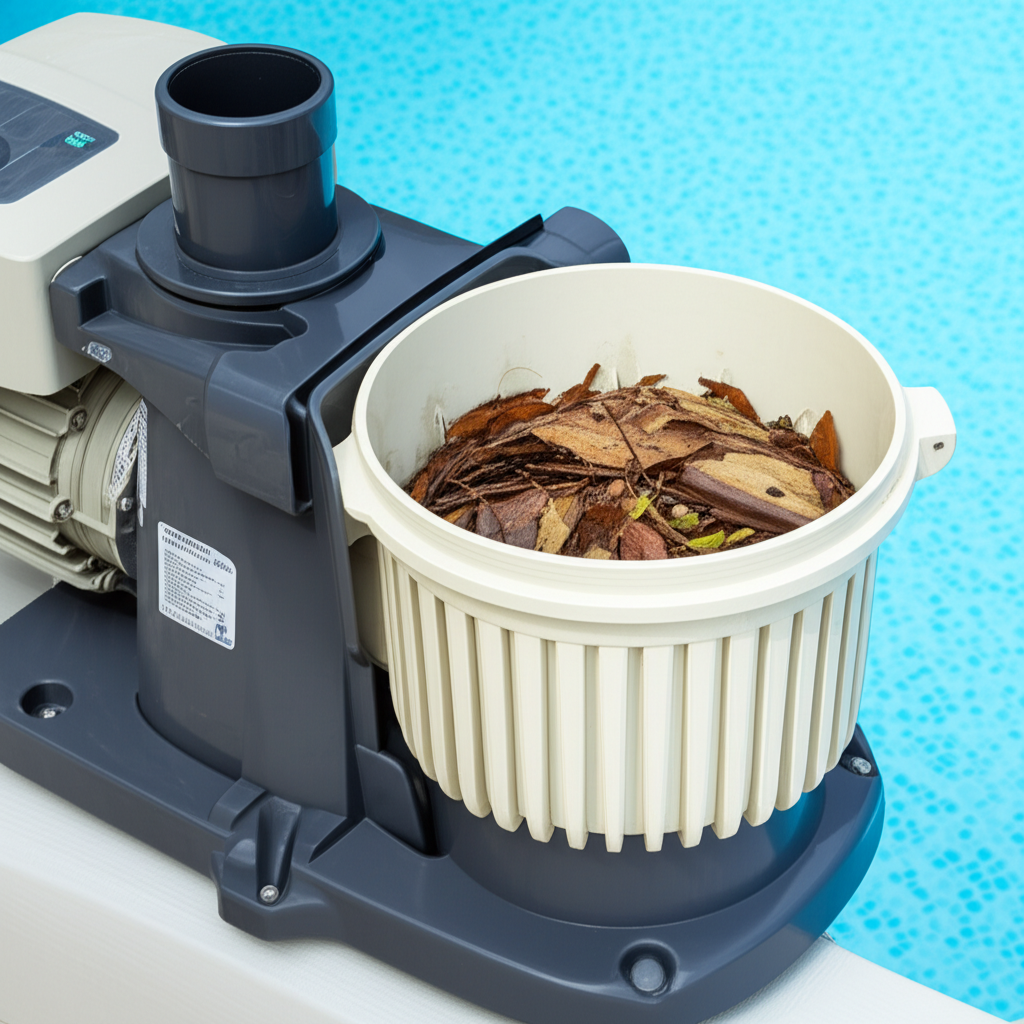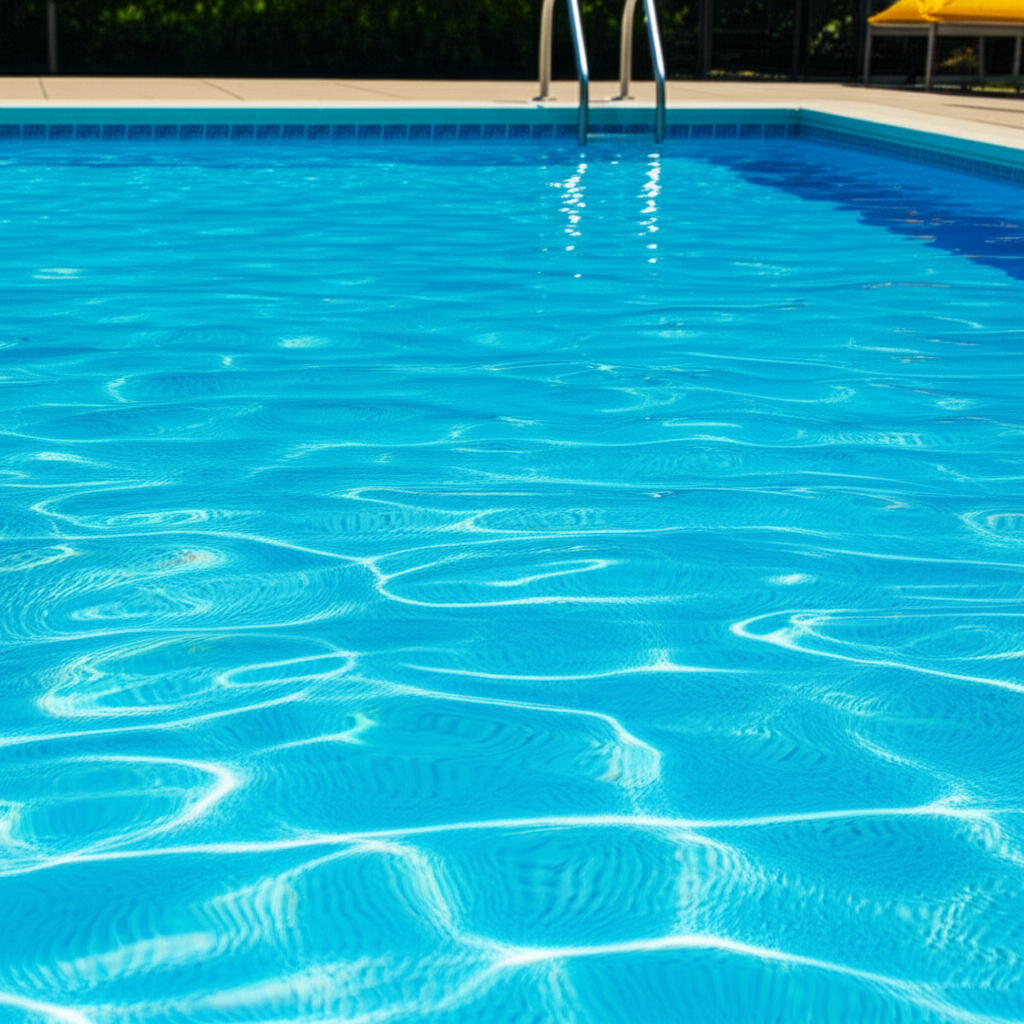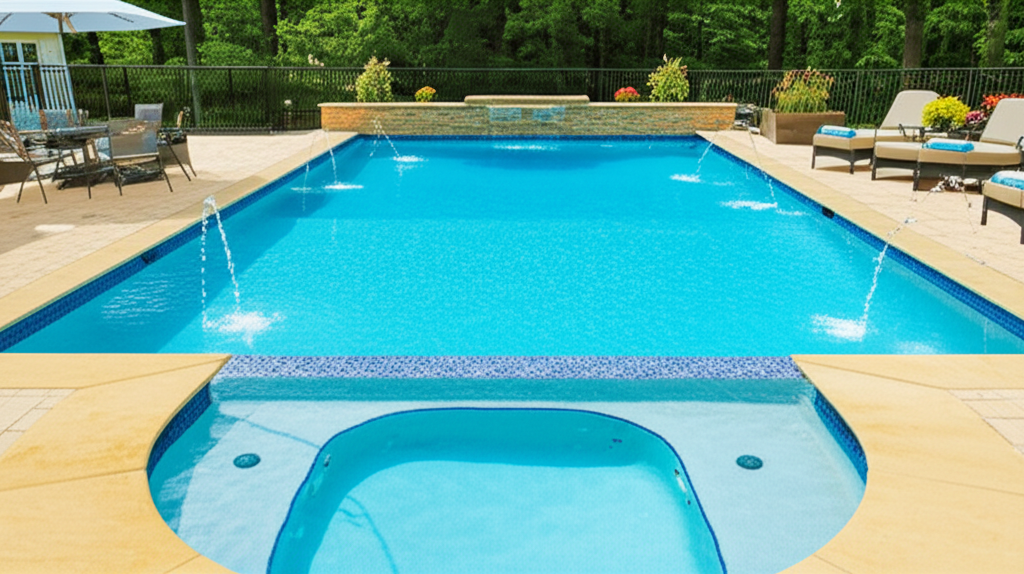Pool Pump Care: Essential Tips for Peak Performance
Pool Pump Care is the cornerstone of a healthy, sparkling swimming pool. Your pump is the heart of your circulation system, quietly working to move water through the filter, heater, and sanitization equipment. Overlooking its maintenance can lead to cloudy water, inefficient operation, higher energy bills, and even costly repairs or premature replacement. By implementing a few straightforward tips, you can ensure your pump operates at peak efficiency, keeping your pool inviting and your wallet happy.
Understanding Your Pool Pump’s Vital Role
Before diving into maintenance, it’s helpful to understand just how crucial your pool pump is. It draws water from your pool through the skimmer and main drain, pushes it through the filter to remove debris and contaminants, and then returns clean water to the pool. When the pump isn’t functioning optimally, this entire process is compromised, leading to poor water quality, algae growth, and an increased workload on your sanitization chemicals. Proper care ensures consistent flow, which is vital for both cleanliness and chemical distribution.
Fundamental Pool Pump Care Practices
Consistent, routine maintenance is the key to extending your pump’s life and maximizing its performance.
Regular Pump Basket Cleaning
One of the most frequent and impactful tasks in your Pool Pump Care routine is cleaning the pump basket. This basket acts as a preliminary filter, catching larger debris like leaves, twigs, hair, and even small toys before they can reach and damage the pump’s impeller. A clogged pump basket significantly restricts water flow, forcing your pump to work harder, consume more energy, and potentially overheat.
Frequency: Inspect and clean your pump basket at least once a week, or more frequently if your pool experiences heavy use, high winds, or a lot of surrounding foliage. During peak season, daily checks might be necessary.
How To Clean:
1. Turn off the power: Always ensure the pump is completely off at the breaker switch to prevent accidental electrocution or damage.
2. Close appropriate valves: If you have isolation valves, close them to prevent water from rushing out when you open the pump lid.
3. Release pressure: If your system has a pressure release valve, open it to relieve any built-up pressure.
4. Remove the lid: Unscrew or unclamp the lid of the pump housing. Be careful as there might be a small amount of residual water.
5. Remove the basket: Lift out the basket and empty all debris into a trash can.
6. Rinse thoroughly: Use a garden hose to rinse the basket clean, ensuring all small particles are removed.
7. Inspect for damage: Check the basket for any cracks or damage, which could allow debris to bypass it. Inspect the lid’s O-ring for any tears or dryness, replacing it if necessary, or lubricating it with a silicone-based lubricant.
8. Replace and seal: Place the clean basket back into the pump, replace the O-ring, re-seal the lid tightly, open any closed valves, and restore power.
Maintaining Proper Water Levels
Your pool’s water level directly affects the pump’s ability to draw water efficiently. If the water level drops too low, the skimmer may draw in air, leading to “air cavitation.” This causes the pump to suck in air instead of water, creating a straining noise, reducing circulation, and potentially damaging the pump’s seals and impeller. Always ensure the water level is at least halfway up the skimmer opening.
Inspecting Skimmer Baskets
Just like the pump basket, your skimmer baskets are the first line of defense against debris. A full skimmer basket prevents water from flowing freely into the pump. Regularly inspect and empty these baskets to ease the load on your pump and maintain optimal flow.
Checking for Leaks and Air Intrusion
Any leak in your plumbing system before the pump, especially in the suction lines, can cause the pump to draw in air. Air leaks are detrimental, as a pump filled with air cannot move water effectively.
Visual Inspection: Look for puddles or drips around your pump and plumbing.
Air Bubbles: If you see a stream of tiny bubbles coming from your pool’s return jets, it often indicates an air leak in your suction side plumbing.
Pump Sound: An air-locked pump often makes a loud, strained, or gurgling sound. Address leaks promptly, as they can lead to pump damage and loss of prime.
Beyond the Basics: Advanced Pool Pump Care
While daily and weekly tasks are essential, some less frequent actions further contribute to long-term pump health.
Lubricating O-Rings
The O-ring on your pump lid creates a watertight seal. Over time, it can dry out, crack, or become brittle, leading to air leaks. Applying a silicone-based lubricant (never petroleum jelly!) to the O-ring once or twice a season helps keep it pliable, maintain a good seal, and makes opening the lid easier.
Monitoring Pump Performance
Pay attention to your pump’s normal operating sounds and vibrations. Any significant change—such as excessive noise, grinding sounds, or unusual vibrations—could signal an issue with motor bearings, the impeller, or a blockage. Addressing these early can prevent a minor problem from escalating into a costly repair.
Winterization (Where Applicable)
In colder climates, proper winterization is critical to prevent freeze damage. This involves completely draining the pump, removing drain plugs, and sometimes storing the motor indoors. Failing to winterize correctly can lead to cracked pump housings and irreparable damage.
Troubleshooting Common Pump Issues
Even with the best Pool Pump Care, you might encounter issues.
Loss of Prime: If your pump is running but not moving water, it has lost its prime. This often means there’s air in the system. Check for low water levels, clogged baskets, or air leaks.
Low Flow: Reduced water flow can indicate a dirty filter, clogged pump or skimmer baskets, or a blockage in the plumbing.
Excessive Noise: A squealing sound might point to worn-out motor bearings, while a grinding sound could be debris in the impeller. Investigate these sounds promptly.
While many basic maintenance tasks can be handled by homeowners, complex issues like motor bearing replacement, seal leaks within the pump, or persistent electrical problems should be handled by a qualified pool professional or electrician.
Conclusion
Consistent Pool Pump Care is not just about keeping your pool clean; it’s an investment in the longevity and efficiency of your entire pool system. By regularly cleaning baskets, maintaining water levels, inspecting for leaks, and performing periodic lubrication, you can significantly reduce wear and tear, prevent costly breakdowns, and ensure your pool remains a source of enjoyment, not frustration. Dedicate a small amount of time to these essential tips, and your pool pump will reward you with years of trouble-free operation and crystal-clear water.




